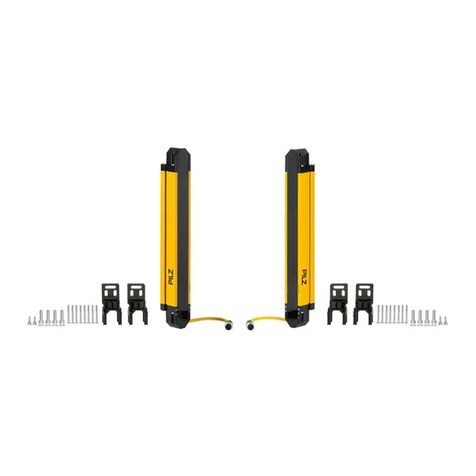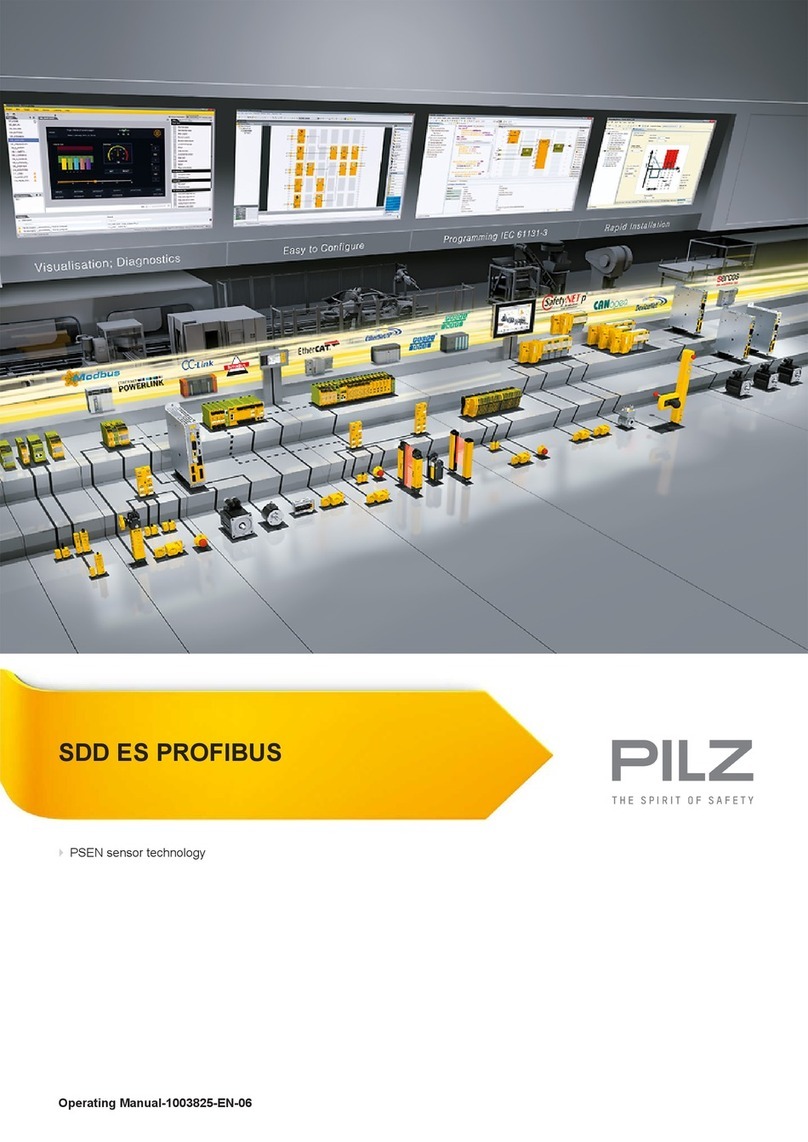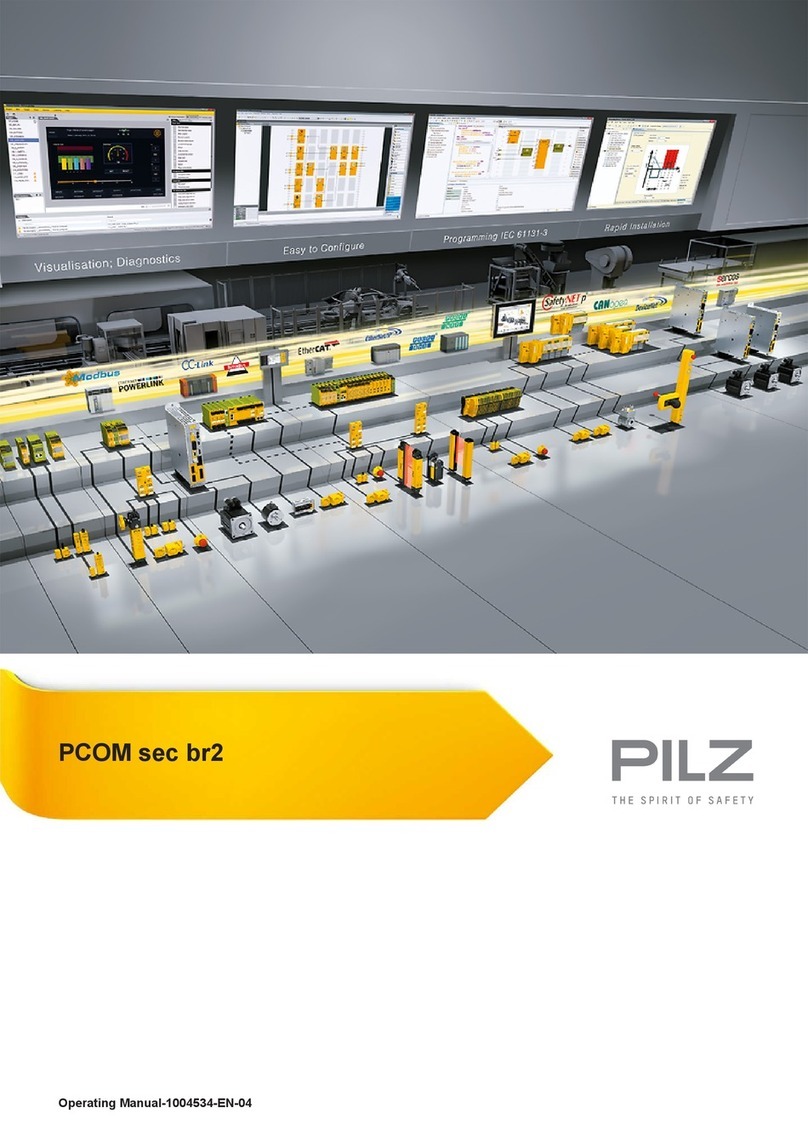
Contents
Operating Manual PSEN ml b 1.1/2.1/2.2
1003884-EN-12 | 3
1 Introduction ............................................................................................................................6
1.1 Validity of documentation.......................................................................................................... 6
1.2 Using the documentation .......................................................................................................... 6
1.3 Definition of symbols................................................................................................................. 6
2 Safety ...................................................................................................................................... 8
2.1 Intended use ............................................................................................................................. 8
2.2 Safety regulations ..................................................................................................................... 9
2.2.1 Safety assessment ................................................................................................................... 9
2.2.2 Additional documents that apply............................................................................................... 9
2.2.3 Use of qualified personnel ........................................................................................................ 9
2.2.4 Warranty and liability ................................................................................................................ 10
2.2.5 Disposal .................................................................................................................................... 10
2.3 For your safety.......................................................................................................................... 10
3 Overview .................................................................................................................................11
3.1 Approved combinations ............................................................................................................ 11
3.2 Device features......................................................................................................................... 11
4 Function description ............................................................................................................. 13
4.1 Structure ................................................................................................................................... 13
4.2 Activation of safety inputs S31 and S41 (solenoid operation) .................................................. 14
4.2.1 Activation with specification of direction ................................................................................... 14
4.2.2 Activation without specification of direction .............................................................................. 14
4.3 Safety Device Diagnostics ........................................................................................................ 15
4.4 Operating modes ...................................................................................................................... 15
4.5 Block diagram ........................................................................................................................... 18
4.6 Auxiliary release ....................................................................................................................... 18
4.6.1 Recommissioning ..................................................................................................................... 20
4.7 Prevent restart .......................................................................................................................... 20
4.8 Escape release accessory........................................................................................................ 21
4.8.1 Recommissioning ..................................................................................................................... 22
5 Wiring ......................................................................................................................................23
5.1 Important information................................................................................................................ 23
5.2 Pin assignment, connector and cable....................................................................................... 23
5.3 EMC requirements.................................................................................................................... 24
6 Connection to control systems and evaluation devices .................................................... 25
6.1 Important information................................................................................................................ 25
6.2 Minimum requirements for activation of guard locking ............................................................. 26
6.3 Single connection ..................................................................................................................... 28
6.4 Connection to Pilz evaluation devices ...................................................................................... 29
7 Teaching in the actuator ....................................................................................................... 30
8 Installation ..............................................................................................................................31
8.1 Important information................................................................................................................ 31






























